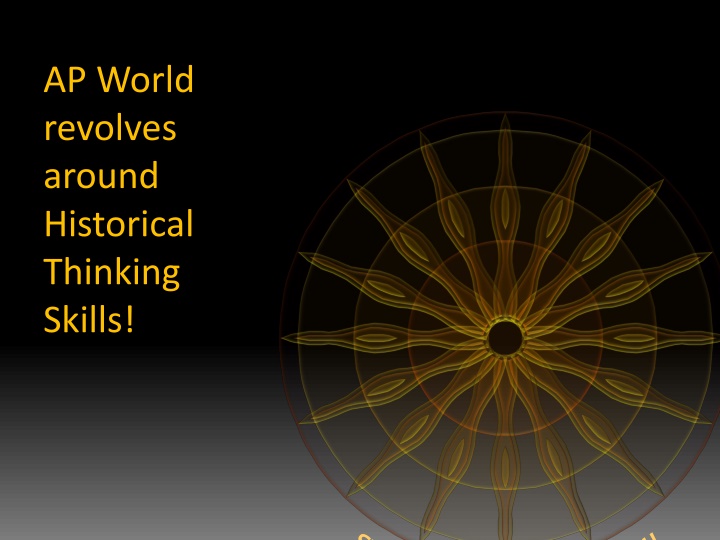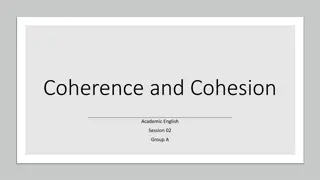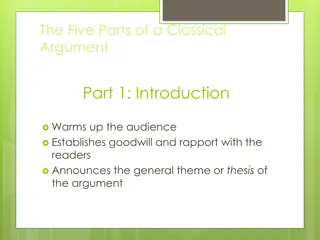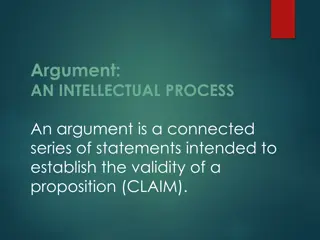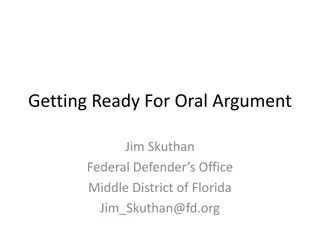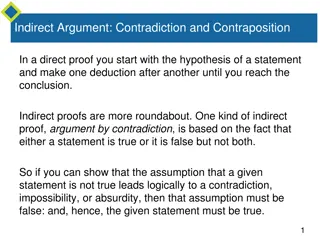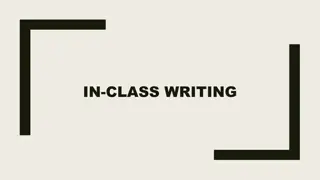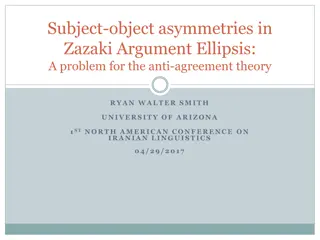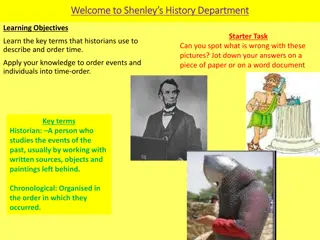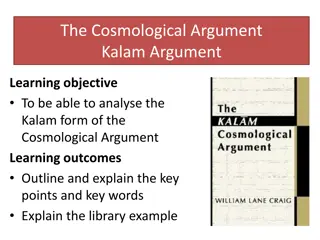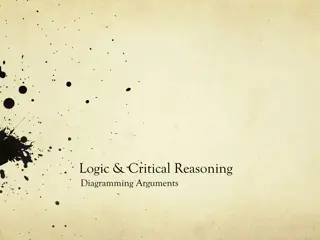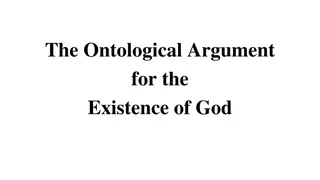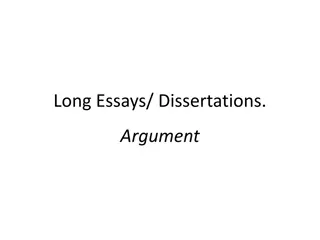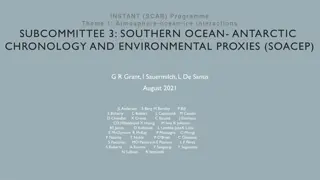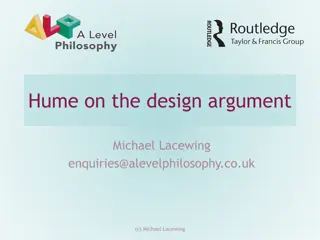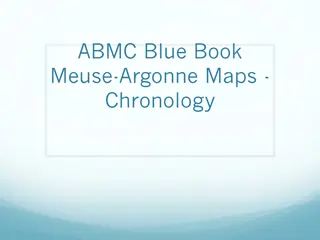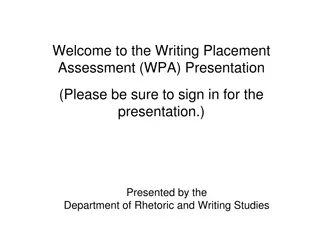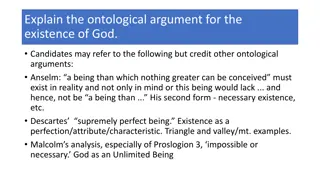Skills for AP World: Analysis, Chronology, Connection, Argument
Dive into the essential Historical Thinking Skills for the AP World exam: analysis of sources, chronological reasoning, making connections between cultures, and crafting historical arguments – all key elements for success in understanding and mastering history.
Download Presentation

Please find below an Image/Link to download the presentation.
The content on the website is provided AS IS for your information and personal use only. It may not be sold, licensed, or shared on other websites without obtaining consent from the author.If you encounter any issues during the download, it is possible that the publisher has removed the file from their server.
You are allowed to download the files provided on this website for personal or commercial use, subject to the condition that they are used lawfully. All files are the property of their respective owners.
The content on the website is provided AS IS for your information and personal use only. It may not be sold, licensed, or shared on other websites without obtaining consent from the author.
E N D
Presentation Transcript
AP World revolves around Historical Thinking Skills! LS H
EVERY AP test question will assess one or more of the skills we will cover in this presentation.
1. Analysis of sources Primary writing, art, architecture produced BY the people in the period artifact (a definition to know ) bias?
1. Analysis of sources Secondary writing about primary source information books, articles, hypotheses ( professional historians) bias? This skill is all about authenticity and interpretation of our observations. Always CONSIDER THE SOURCE!
2. Chronological reasoning Causation Continuity and change over time Periodization This skill is all about why things change and why they stay the same.
3. Making connections Comparing cultures similarities and differences Understanding context what is happening worldwide Synthesis putting it all together This skill is all about how nothing happens in a void.
4. Crafting historical argument Argument = proving a point This skill is all about using the other 3 skills to prove/validate your argument.
So what does this all mean? Here is a regular World History MC question: ____ 1. When was World War I? (A) 1903-1912 (B) 1912-1919 (C) 1914-1918 (D) 1914-1922
So what does this all mean? Here is an AP World History MC question: Had the war continued until the projected invasion on November 1, additional fire raids of B-20 s would have been more destructive of life and property than the very limited number of atomic raids which we could have executed in the same period. But the atomic bomb was more than a weapon of terrible destruction; it was a psychological weapon. -Henry Lewis Stimson, former Secretary of War, Time article, 1947 ___ 1. Which of the following best represents the purpose of Stimson s statement in the passage above? A. To apologize for the use of the atomic bomb B. To question the morality of the use of the atomic bomb C. To justify the use of the atomic bomb D. To assess the use of the atomic bomb
So what does this all mean? Here is a regular World History SA question: 1. What is a ziggurat?
So what does this all mean? Here is an AP World History SA question: 1. Compare the construction and purposes of Mesopotamian ziggurats with at least 2 similar monuments during the Ancient Period.
So what does this all mean? Here is a regular World History essay question: 1. Identify and describe the 5 Pillars of Islam. There is no argument here
So what does this all mean? Here is an AP World History essay question: 1. Evaluate the extent to which the emergence of Islam in the 7th Century CE can be considered a turning point in world history. What is the argument here (point to defend)?
So what does this all mean? Do NOT fear this class! It will be different, but you will gain SKILLS. You will not just memorize facts (that you will later forget). I will be with you every step of the way, but you must step with me!
Above all, remember you ve got this!
